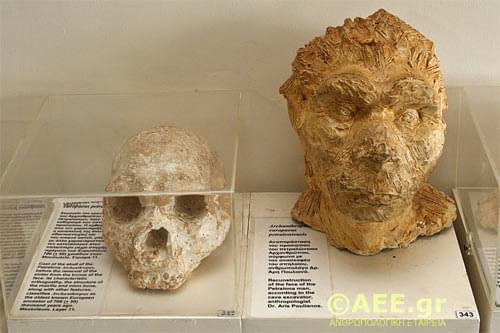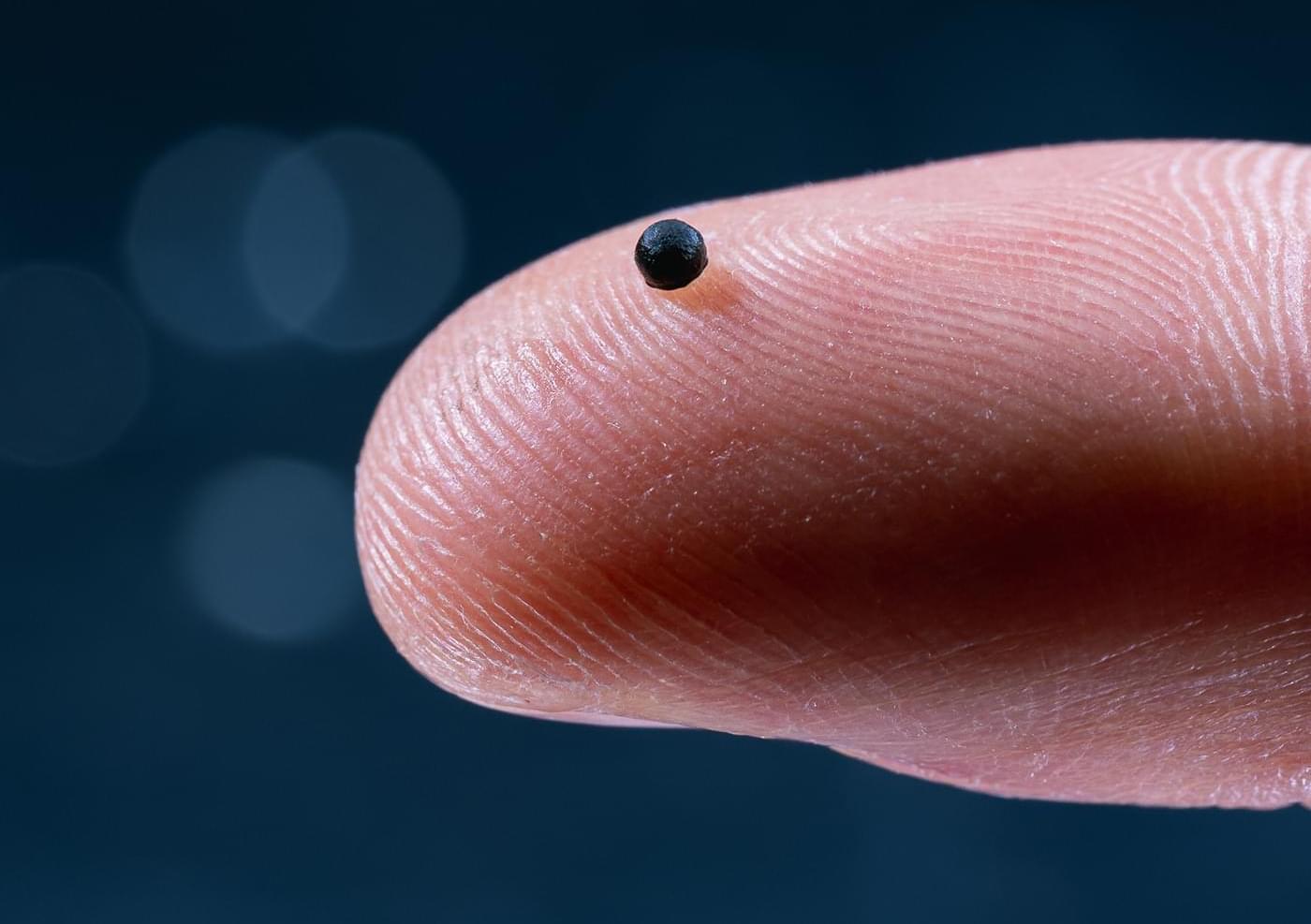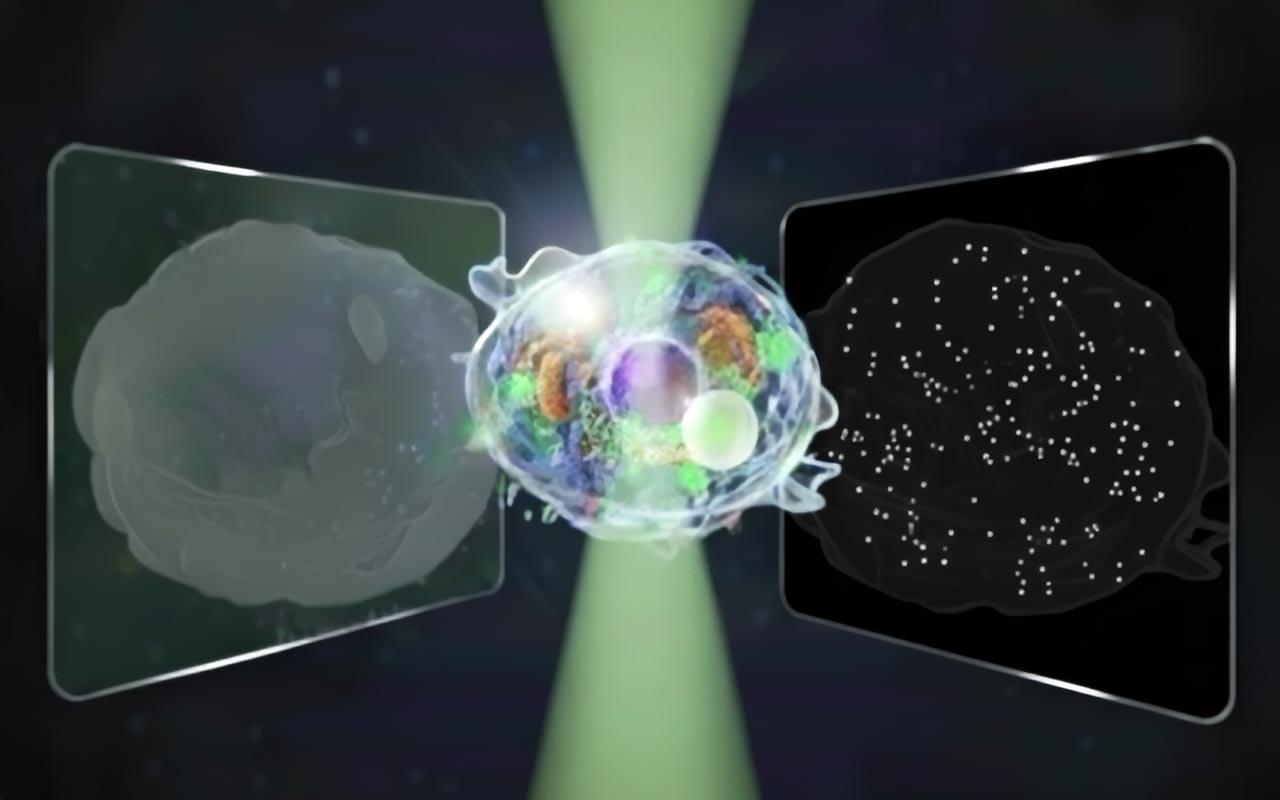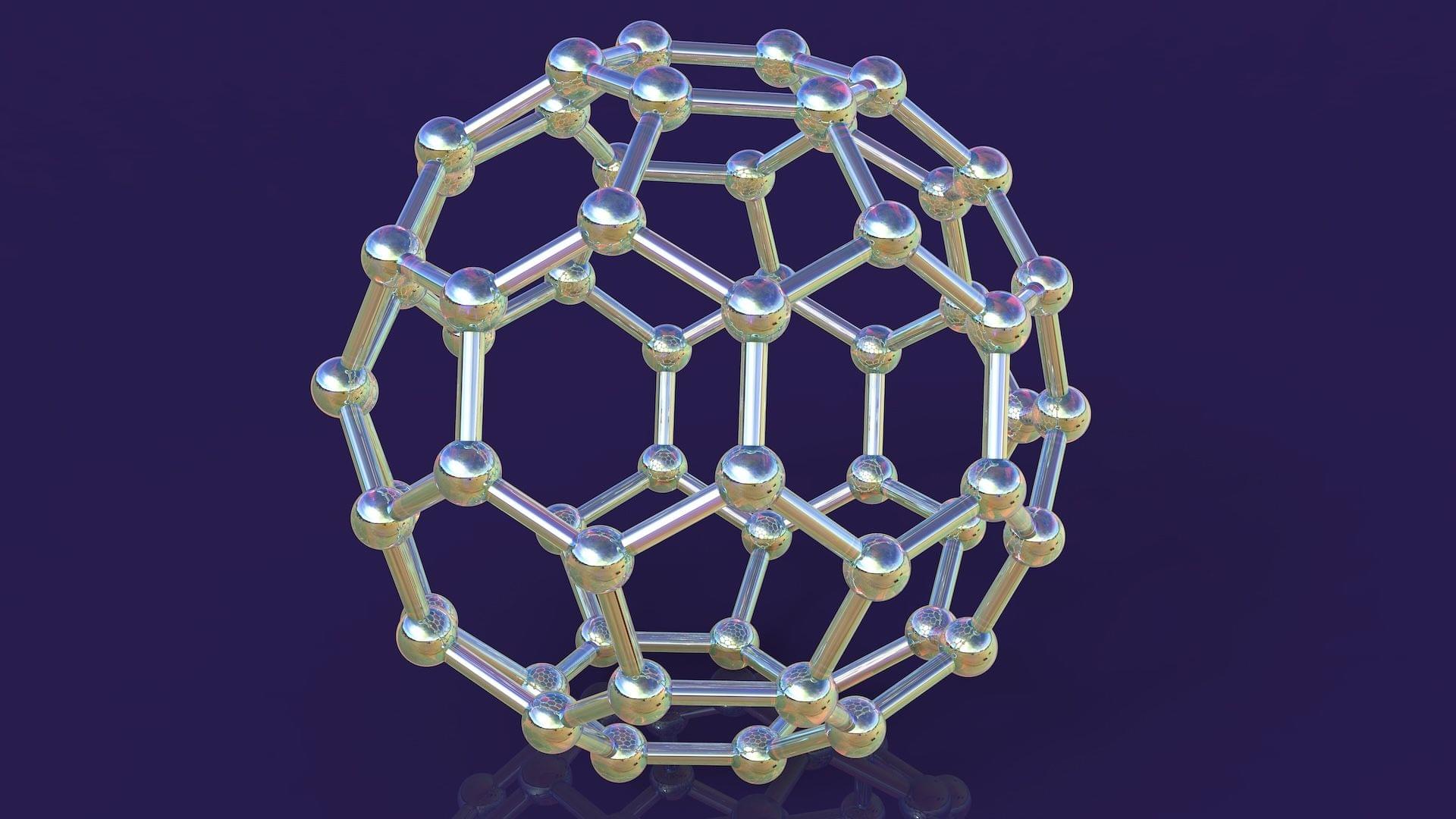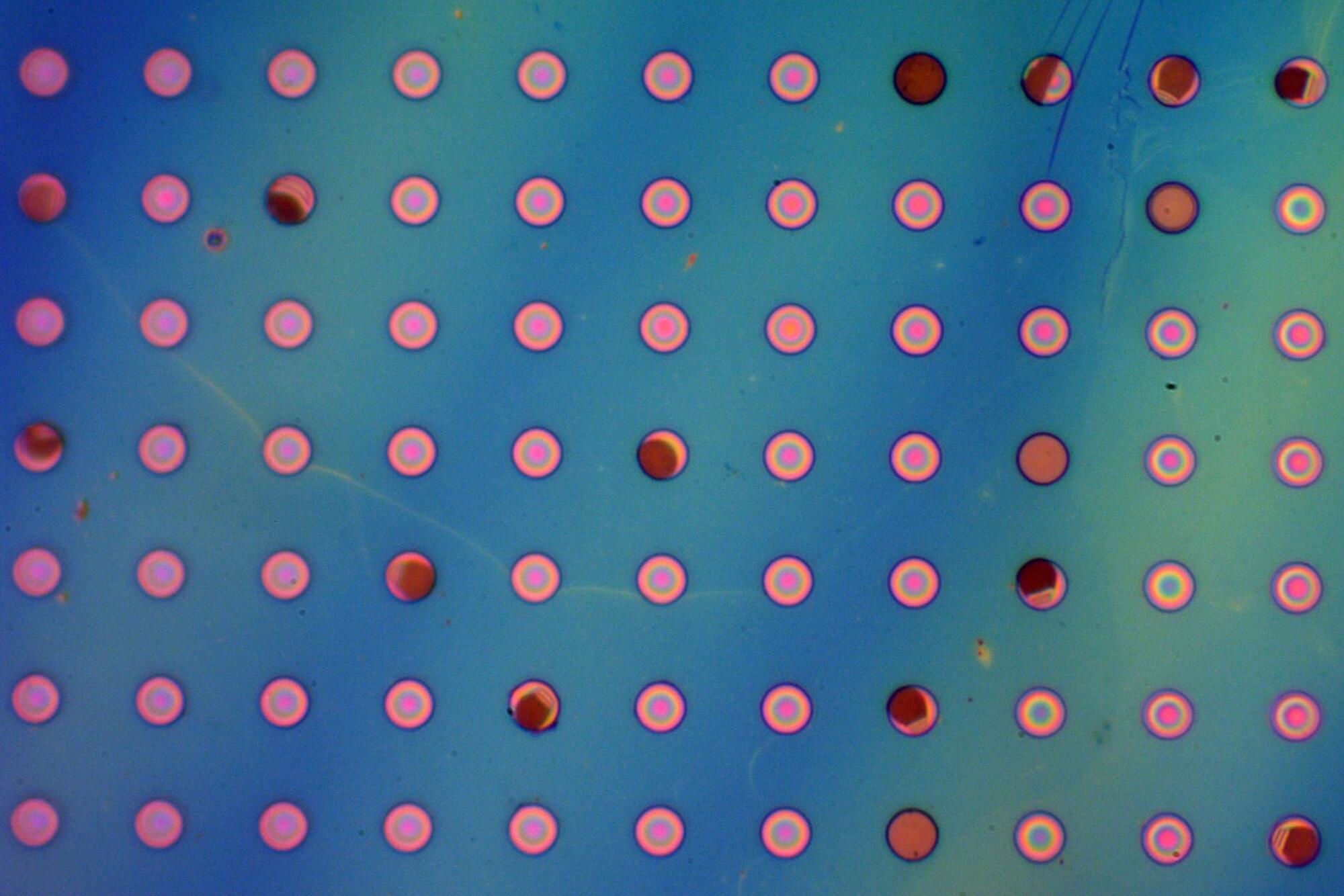Natural gas—one of the planet’s most abundant energy sources—is primarily composed of methane, ethane, and propane. While it is widely burned for energy, producing greenhouse gas emissions, scientists and industries have long sought ways to directly convert these hydrocarbons into valuable chemicals. However, their extreme stability and low reactivity have posed a formidable challenge, limiting their use as sustainable feedstocks for the chemical industry.
Now, a team led by Martín Fañanás at the Center for Research in Biological Chemistry and Molecular Materials (CiQUS) at the University of Santiago de Compostela has developed a groundbreaking method to transform methane and other natural gas components into versatile “building blocks” for synthesizing high-demand products, such as pharmaceuticals. Published in Science Advances, this advance represents a critical leap toward a more sustainable and circular chemical economy.
For the first time, the CiQUS team successfully synthesized a bioactive compound—dimestrol, a non-steroidal estrogen used in hormone therapy—directly from methane. This achievement demonstrates the potential of their methodology to create complex, high-value molecules from a simple, abundant, and low-cost raw material.

